Saving the Spoon-billed Sandpiper
In 2010, it was found to be declining at a rate of 26% per year, and was expected to be functionally extinct by 2020 if no conservation action was taken. For a species that breeds in remote parts of eastern Siberia and winters on the coasts of South East Asia, the challenge of turning its fortune around seemed daunting.
The Spoon-billed Sandpiper is truly unique, with a spatulate bill whose function is not understood. The 2010 study made it clear that fast action was required to save the species.
Identifying threats
The Spoon-billed Sandpiper breeds in the remote Chukotsk and Kamchatka peninsulas in eastern Russia – locations that are only possible to visit with an expedition. It visits unknown stopover sites on its way to wintering areas in Bangladesh, Myanmar and Thailand. Spoon-billed Sandpipers are part of the community of waders that use the East-Asian Australasian Flyway, which has more declining species than any other flyway on earth. Solving the threats to Spoon-billed Sandpiper could therefore help other species. The first challenge was to find where birds were stopping and the threats that they faced. This has required lots of expeditions to remote estuaries in South East Asia.
How BTO is helping the project
BTO’s Nigel Clark chairs the UK Spoon-billed Sandpiper Support Group, which brings together all the organisations in the UK that help fund Spoon-billed Sandpiper research and conservation. Along with other BTO members and staff, he has been involved in a range of expeditions to Myanmar and China to colour-ring and survey birds, and train local ornithologists. The BTO’s long history of wader research enabled a special colour-ring marking scheme to be designed to identify individual Spoon-billed Sandpipers in the field.
As a result, we are building a picture of the Spoon-billed Sandpiper life cycle. Some individuals have been seen on their breeding grounds, stopover sites in the Yellow Sea and in their wintering areas. It is becoming clear that every bird has a very consistent pattern of movement throughout the year.
What has been achieved so far
At an early stage, the conservationists realised that subsistence hunting of waders was a major factor affecting numbers in their wintering areas. Working with other international organisations (including Birdlife International, RSPB and WWT) and with local partner organisations, the project has reduced wader hunting by supporting local people in adopting alternative lifestyles. As a result of this work, there is now evidence that the decline has slowed and numbers may have even stabilised.
How you can support the project
There is lots more work to be done to turn around the fortunes of the Spoon-billed Sandpiper and this will only be possible with additional funding. Follow and support the project today.
- If you visit coastal wader sites South East Asia, please check for Spoon-billed Sandpipers.
- If you see any, please report them to the project at sbsrecords [at] eaaflyway.net
- If you spot a colour-ringed bird and can read the leg flag with inscription, the team will respond with the bird’s life history.
Thanks to supporters
In addition to the support received from RSPB and WWT, we were lucky to have a major donation from an anonymous BTO supporter, helping to cover our expedition costs.

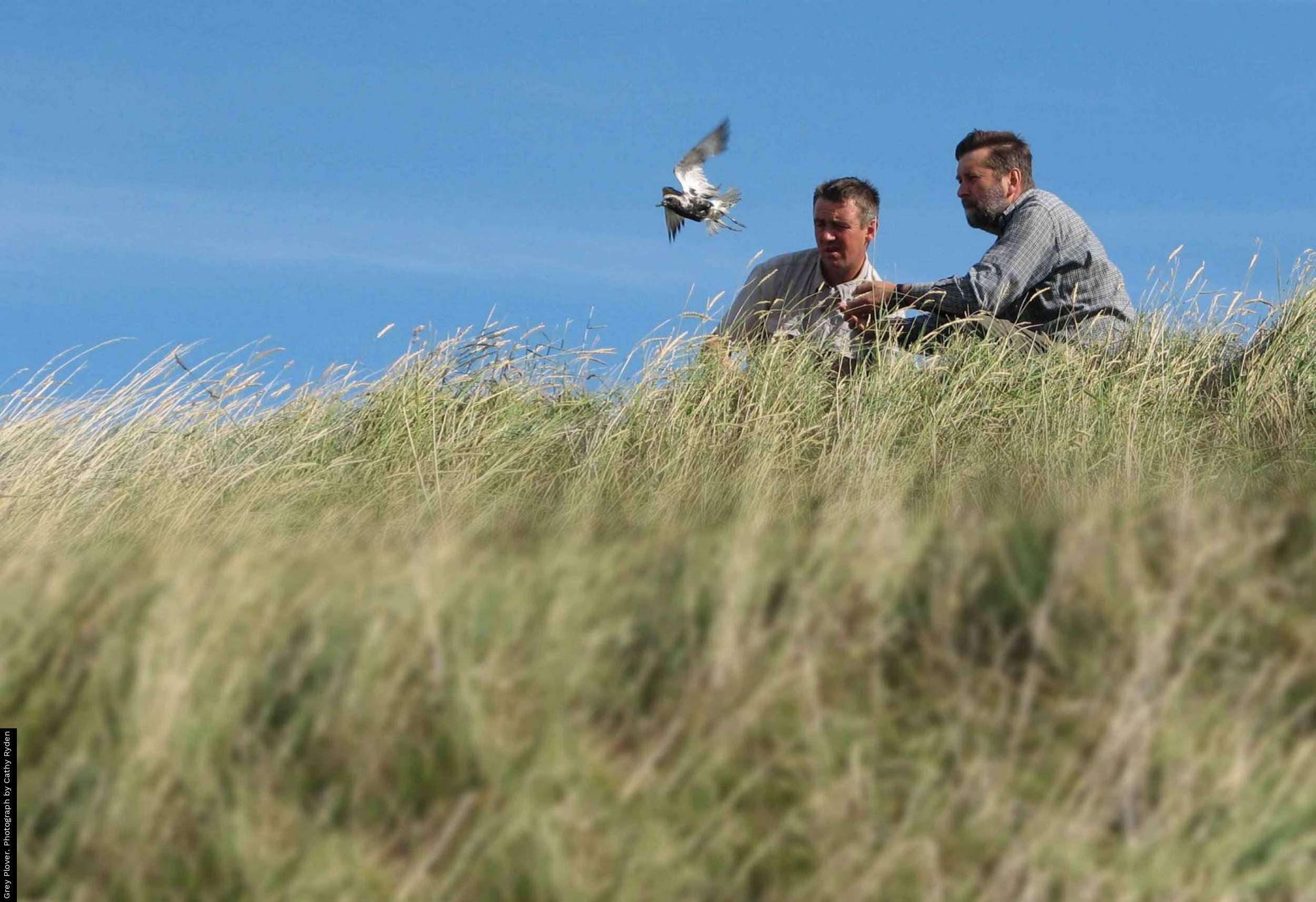
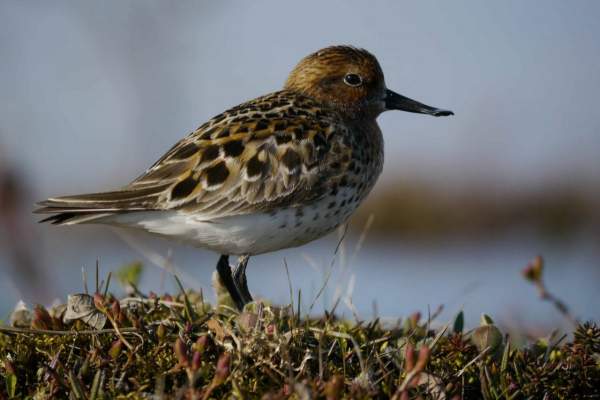
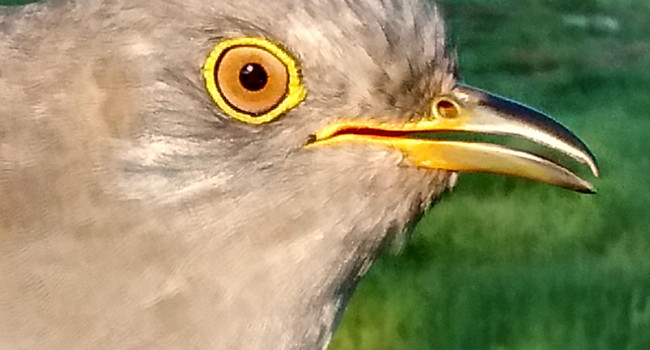
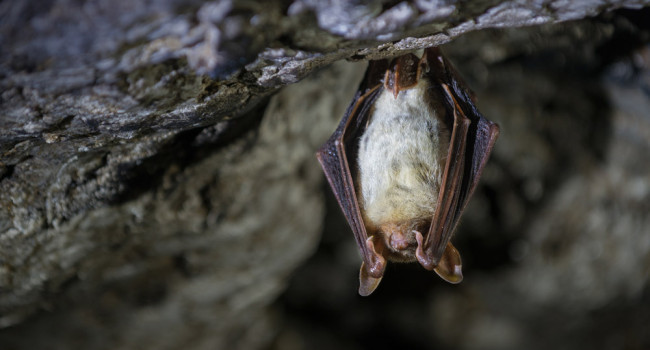
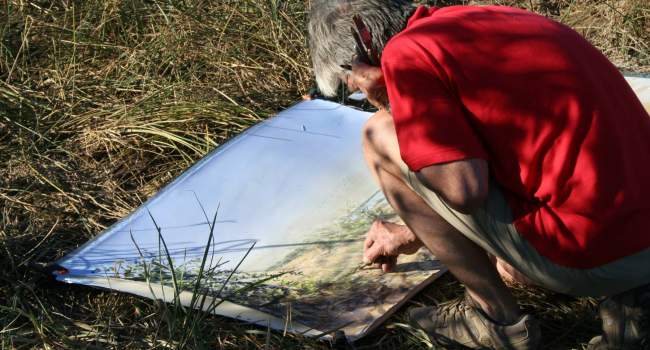

Share this page